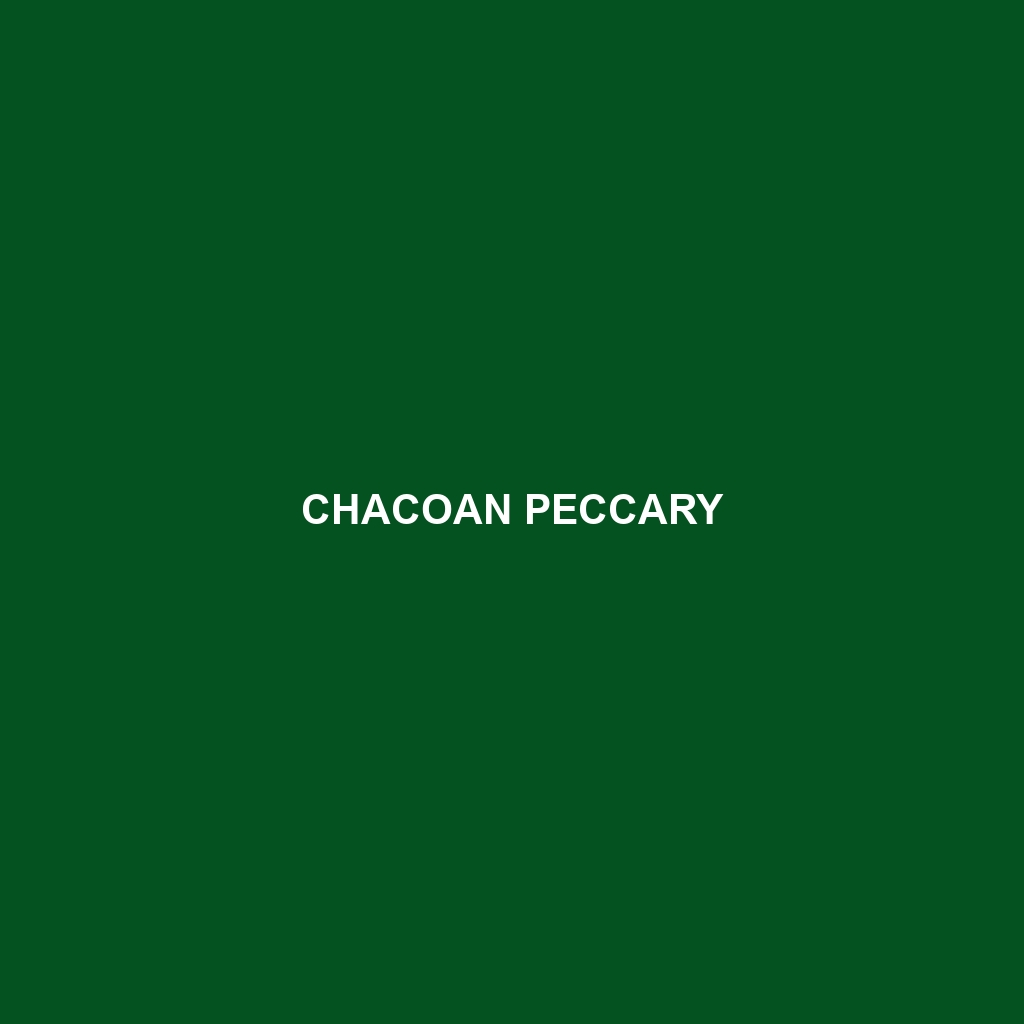Common Name: Collared Peccary
Scientific Name: Tayassu tajacu
Habitat:
The Collared Peccary is primarily found in a variety of habitats across Central and South America, extending from the southern United States to northern Argentina. They thrive in environments such as tropical rainforests, dry forests, scrublands, and grasslands. These adaptable creatures prefer areas with dense vegetation that offers shelter and access to water sources.
Physical Characteristics:
Collared Peccaries typically weigh between 44 and 88 pounds and measure about 3 to 4 feet in length. They possess a stocky body covered in coarse, grayish-brown fur that is often highlighted by a distinctive white collar around their neck, which is a key identifying feature. Their snouts are elongated, suited for foraging, and they have small, rounded ears that contribute to their keen sense of hearing.
Behavior:
These social animals are known to form groups, often consisting of 6 to 20 individuals. Collared Peccaries are primarily active during the early morning and late afternoon hours, exhibiting curious and alert behaviors. They utilize vocalizations, body language, and scent marking for communication among group members. Notably, they are also known to be territorial, marking their boundaries with scent glands.
Diet:
Collared Peccaries are omnivorous, with a diet that includes a wide range of fruits, roots, tubers, and vegetation, as well as small animals and insects. They play a significant role in seed dispersal due to their foraging habits and are known to enjoy a diverse menu that varies with seasonal availability.
Reproduction:
Breeding typically occurs year-round, with peaks during wet seasons depending on the geographical location. After a gestation period of about 5 months, females usually give birth to one to four piglets. The young are born well-developed and begin to accompany their mother shortly after birth, learning foraging behaviors and social interactions early in life.
Conservation Status:
The Collared Peccary is currently classified as Least Concern by the IUCN, indicating that they are not considered endangered or vulnerable at this time. However, their populations can be impacted by habitat destruction and hunting in certain areas, prompting ongoing monitoring and conservation efforts.
Interesting Facts:
Collared Peccaries are sometimes referred to as “javelinas” because of their resemblance to wild pigs. Despite this resemblance, they belong to a different family and have distinct social behaviors. They can run at speeds up to 30 miles per hour and have a well-developed sense of smell that helps them locate food.
Role in Ecosystem:
Collared Peccaries play a vital role in their ecosystem as seed dispersers and consumers of plant materials. Their foraging habits help maintain the health of vegetation and promote forest regeneration. Additionally, they can provide a food source for predators, thus contributing to the balance of local food webs.
